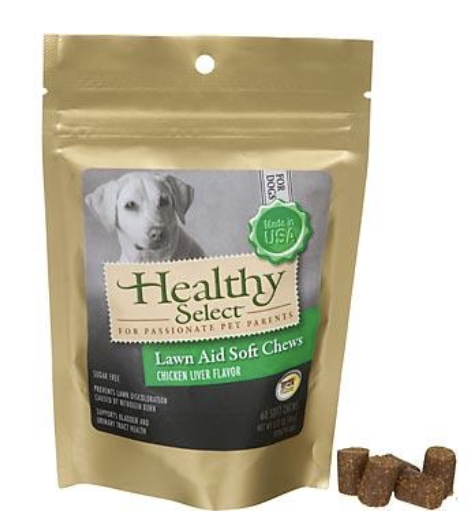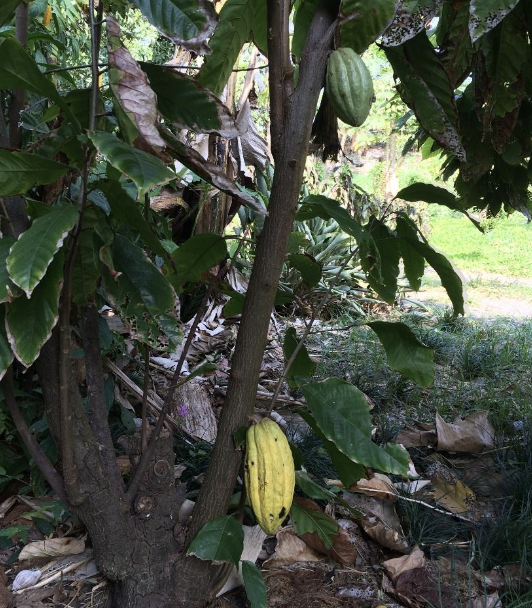Lecture 33 - 1080 sodium fluroacetate (mini topic methionine), Methylxanthines Pt 1
1/39
There's no tags or description
Looks like no tags are added yet.
Name | Mastery | Learn | Test | Matching | Spaced |
|---|
No study sessions yet.
40 Terms
What is 1080 also known as? (pronounced ten-eighty)
sodium fluoroacetate
What is 1080 used for?
historically used for coyote control + rodenticide in US
Where is 1080 used?
historically in US, banned/limited use in US
used widely in New Zealand, Australia, other countries
What animals are susceptible to 1080?
all animals, very toxic to humans, dogs seem sensitive
True or False? Secondary poisoning with 1080 can occur and is often used as malicious poisonings.
True
True or False? 1080 poisoning is rarely ever seen in the US due to banned to limited use.
False. Still see 1080 poisoning every year, average 1-2 times per year in PNW. It is not common but still should be last on ddx list.
What is the MoA of 1080 poisoning?
affects Krebs cycle and reduces ATP production
What is the onset of 1080 poisoning?
lag phase (30 min-2 hr)
What clinical signs of 1080 poisoning in a dog?
GIT + general nervous system:
wild barking and running
stop and urinate, defecate, vomiting,
intermittent seizures,
cycle keeps repeating; gets more intense and severe
Can develop respiratory and cardiac arrest
What clinical signs of 1080 poisoning in a cat?
GIT + CNS depression // excitation
*Dr. T has never seen a case in a cat — reported in literature
What clinical signs of 1080 poisoning in livestock?
cardiac (cow case)
What clinical pathology and lesions do you see with 1080 poisoning?
Nonspecific, lack of signs
How do you diagnose 1080 poisoning?
history of use - not common, last on list
clinical sign // lack of clin path or lesions
chemical anlysis
urine, kidney at only 2 labs
How do you treat 1080 poisoning?
largely unrewarding, some looked at (NZ): pentobarbital plus sodium bicarbonate
What is the prognosis of 1080 poisoning?
grave, unlikely able to treat :(
What ingredient in lawn aid is problematic?
methionine

What doses of methionine are established toxic doses in dogs?
GI > 20mg/kg
neuro > 90mg/kg OR >50mg/kg for dogs with pre-existing conditions like pancreatitis, renal disease, hepatic disease, acidosis and >200mg/kg for healthy dogs
True or False? Kittens are more sensitive and might see hepatic signs with methionine toxicity.
False. Kittens are more sensitive and might see HEMATOLOGICAL signs with methionine toxicity.
With high exposure of methionine, potential for ___ formation.
bezoar
What clinical signs are methionine toxicity?
transient hind limb paralysis and abnormal posture,
vomiting, ataxia // acidosis, lethargy, diarrhea, weakness, PD, hypermetria, disorientation, tremors, anorexia, vocalization
How do we treat methionine poisoning?
IV fluids, GI support, hepatic support if necessary, confinement, monitor acid/base,
emetics if asymptomatic within 2-4 hours + AC
?IV lipid therapy
What is the prognosis of methionine?
will recover in 24-48 hours with supportive treatment
What are methylxanthines?
“natural” compounds in three categories: theobromine, caffeine, theophylline
What is theobromine and where is it found?
a methylxanthine found in cacao beans (Theobroma cacao)
chocolate foods, coca bean shells, mulch

What should you remember with chocolate foods?
dual exposures! (edible marijuana food items, xylitol, raisins, macadamia nuts, alcohol, psilocybe mushrooms)
What is caffeine and where is it found?
a methylxanthine
found in coffee, tea, sodas, drinks, etc
coffee beans, chocolate covered beans
No-Doz, Vivarin (caffeine pills)
What is theophylline and where is it found?
a methylxanthine
found in bronchodilator, tea
What animals are susceptible to methylxanthines?
all animals susceptible, domestic animals particularly the dog because 1/10 P450 metabolic detoxification systems as humans
There is ___ in ___ doses for individual dogs, particularly with theobromine.
variation, toxic/lethal
Describe the MoA of theobromine?
rapidly or slowly absorbed depending on compound and form
theobromine has LONG half life and undergoes enterohepatic re-circulation and majority excreted in bile, then urine
Describe the MoA of caffeine?
shorter half-life, excreted in urine
Chocolate can glob up which delays ____, and leads to ___ and ___.
gastric emptying,
bloat, persistent vomiting
What it also concerning about chocolate besides the theobromine?
lots of fat and sugar (osmotic pull), that can lead to diarrhea and gas, pancreatitis may be a concern
Rank theobromine and caffeine levels in chocolate types from most to least
unsweetened, semi-sweet, dark vs milk vs white
How do clinical signs develop with increased exposure dose of theobromine and caffeine?
mild GI signs + PD/PU →
GI signs + PD/PU + hyperactivity →
GI signs + PD/PU + hyperactivity + CV signs →
GI signs + PD/PU + hyperactivity + CV signs + CNS signs
Overall what clinical signs do you see with theobromine and caffeine?
GIT, excessive urination and drinking, CV effect, neurologic effect
Describe the MoA of theobromine and caffeine
vasoconstriction and myocardial contraction (increases HR and BP)
enhanced muscular excitability (muscle tremors, excitability)
True or False? Theobromine will cause bronchodilation.
False. Theophylline will cause bronchodilation.
What clinical signs do you see with theobromine/theophylline?
vomiting, diarrhea, urination, bloat
tachycardia, elevated BP
hyperactivity, restlessness, agitation // tremors, tonic-clonic seizures
death from cardiac arrhythmias, respiratory failure
Clinical signs of theobromine/theophylline __ and __, so cannot discharge P until clinically normal for at least ___hours.
waxing, waning
8-12